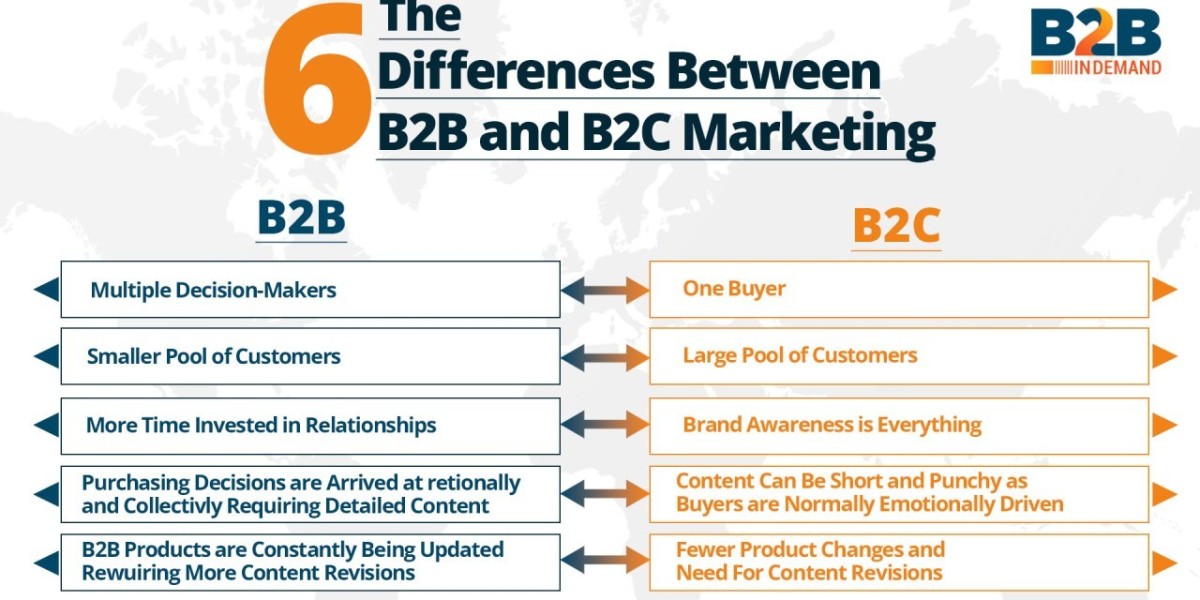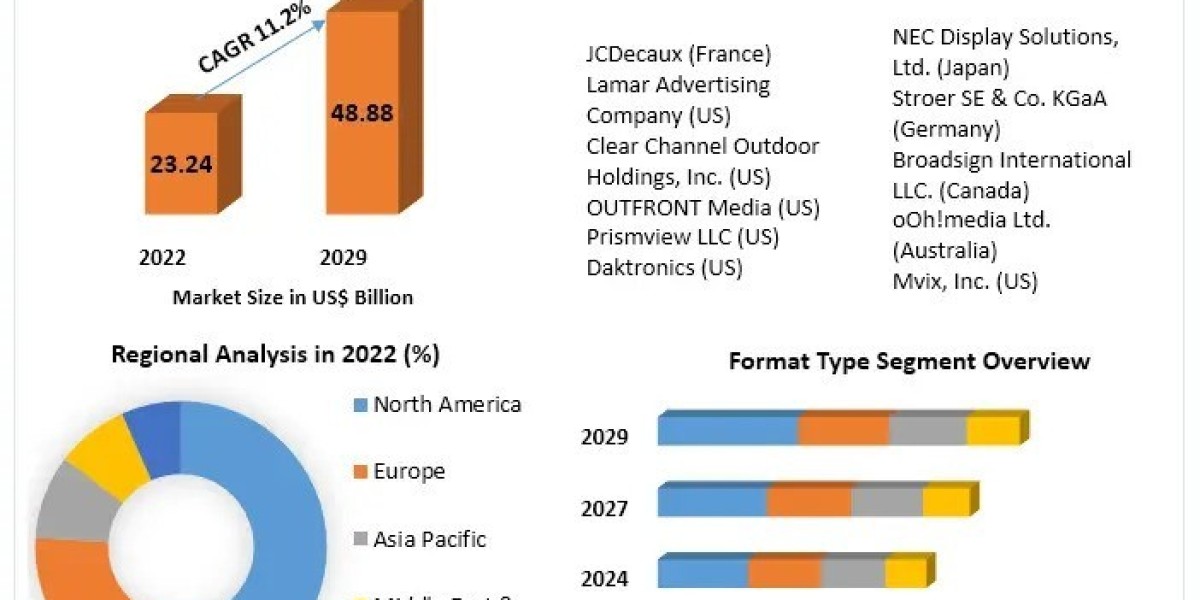B2B
1. Multiple decision-makers
2. A smaller pool of customers
3. More time invested in relationships
4. Purchasing decisions are arrived at rationally and collectively, requiring detailed content
5. B2b products are constantly being updated, rewuiring more content revisions
B2C
1. One buyer
2. A large pool of customers
3. Brand awareness is everything
4. Content can be short and punchy, as buyers are normally emotionally driven
5. Fewer product changes and need for content revisions
B2B
1. Multiple Decision-Makers:
In the B2B landscape, decisions aren't made in isolation. Multiple stakeholders contribute to the decision-making process, each with unique perspectives and priorities. Tailoring your approach to resonate with diverse decision-makers is key to successful B2B engagement.
2. Smaller Pool of Customers:
B2B often involves catering to a niche market with a smaller customer pool. Precision and personalization are crucial in understanding and meeting the specific needs of these clients, fostering long-term relationships built on trust and mutual understanding.
3. More Time Invested in Relationships:
B2B transactions thrive on relationships. Investing time in understanding the unique challenges and goals of your business clients lays the foundation for strong, enduring partnerships. Building trust through consistent and meaningful interactions is a strategic investment.
4. Purchasing Decisions Are Arrived at Rationally and Collectively, Requiring Detailed Content:
Unlike impulse buying, B2B decisions are rational and collective. Decision-makers seek detailed, data-driven content that addresses their specific needs. Providing comprehensive information through various content channels is essential to guiding them through the decision-making process.
5. B2B Products Are Constantly Being Updated, Requiring More Content Revisions:
B2B products often undergo continuous updates and improvements. Keeping your audience informed about these enhancements requires regular content revisions. Highlighting the latest features and improvements ensures that your business clients are always aware of the value your products bring to their operations.
B2C
1. One Buyer:
In the B2C realm, the focus is on the individual consumer. Tailoring your marketing strategy to resonate with the preferences and needs of an individual buyer is key. Personalization plays a crucial role in creating a meaningful connection with the end consumer.
2. Large Pool of Customers:
B2C businesses often cater to a broad consumer base. The challenge lies in reaching and appealing to this diverse audience. Marketing strategies need to be versatile and inclusive, capturing the attention of a large pool of potential customers.
3. Brand Awareness Is Everything:
Building and maintaining a strong brand presence is paramount in B2C. With numerous options available, consumers often make decisions based on brand recognition and trust. Consistent and impactful branding efforts contribute to establishing your business in the hearts and minds of consumers.
4. Content Can Be Short and Punchy as Buyers Are Normally Emotionally Driven:
B2C purchasing decisions are often emotionally driven. Content needs to be concise, engaging, and emotionally resonant. Crafting short and punchy content that appeals to the emotions of the consumer can make a significant impact in capturing their attention and driving conversions.
5. Fewer Product Changes and Need for Content Revisions:
Unlike B2B, where products may undergo frequent updates, B2C products typically experience fewer changes. This means less frequent content revisions. However, it's essential to maintain the relevance of your content over time to ensure it aligns with evolving consumer trends and preferences.








